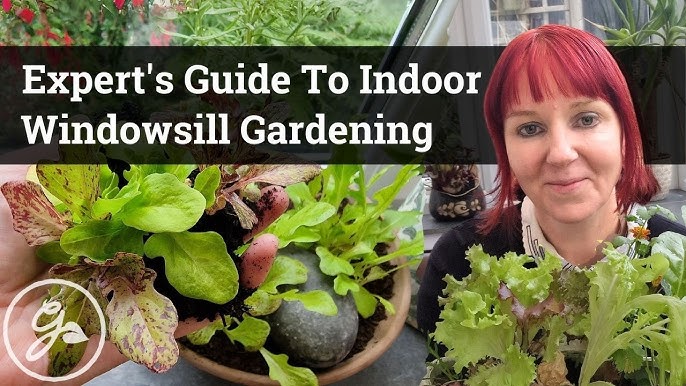
Naturally Pest-Free: Homesteading with Herbs and Plants
Embark on a journey to a pest-free home, the natural way! This guide explores how to harness the power of herbs and plants to repel common household pests – moths, flies, and ants – while seamlessly integrating them into your homestead aesthetic. Discover simple, actionable DIY projects rooted in sustainable living, transforming your home into a haven of natural beauty and tranquility.
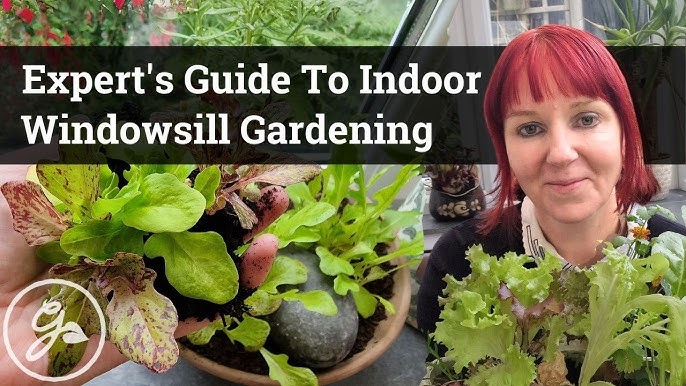
I. Repelling Moths with Lavender & Rosemary
The Problem: Moths munching on your precious woolens and linens? It's a common homestead woe, and those tiny holes can be heartbreaking! The good news is, you can create a moth-repelling haven without resorting to harsh chemicals.
The Solution: Lavender and Rosemary Sachets. These fragrant herbs are natural moth repellents and smell delightful, too!
DIY Sachet Instructions:
- Gather: 1/2 cup dried lavender buds, 1/4 cup dried rosemary needles, small muslin bags (3x4 inches). You can find all of these supplies online or at your local craft store. For an extra rustic touch, consider using burlap bags instead of muslin.
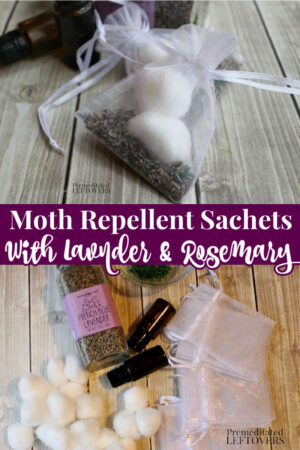
- Combine: Gently mix the lavender and rosemary in a bowl. This releases the essential oils and amplifies their moth-repelling power.
- Fill: Spoon the mixture into the muslin bags, filling them about 3/4 full. This allows the scent to circulate freely.
- Secure: Tie the bags tightly with twine or ribbon. Twine lends a rustic, homestead vibe, while ribbon adds a touch of elegance.
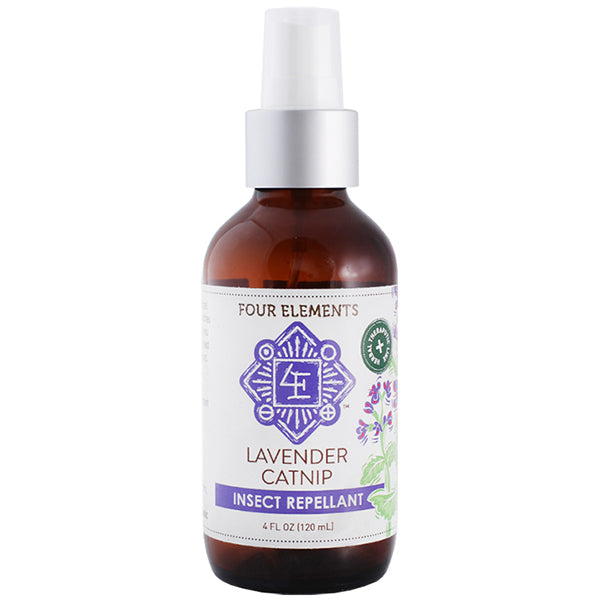
Aesthetic Placement: Tuck sachets into drawers and closets, nestled amongst your sweaters and linens. Imagine opening your linen closet and being greeted by the calming scent of lavender! Drape a few sachets over hangers for a rustic, farmhouse charm. Consider sewing small loops onto the bags for easy hanging. These are the best plants to buy for natural pest control around clothes!
Visual Note: Emphasize the visual appeal of the sachets – think simple muslin bags tied with natural twine for a rustic feel. You can even stamp them with botanical designs for an extra touch of personality.
II. Banishing Flies with Basil & Cloves
The Problem: Pesky flies buzzing around your kitchen, especially near windows and fruit bowls? It’s a common annoyance, particularly during the warmer months. They're not just irritating; they can also contaminate your food.
The Solution: Basil-Infused Olive Oil & Clove Studded Citrus. Basil is a natural fly repellent, and infusing it into olive oil creates a subtle, pleasant scent that drives flies away. The Clove Studded Citrus also works as a deterrent for flies.
DIY Infused Oil Instructions:
- Gather: 1 cup olive oil, 1/4 cup fresh basil leaves, cleaned and dried, a sterilized glass jar. Use high-quality olive oil for the best results.
- Infuse: Lightly bruise the basil leaves by gently rolling them between your fingers. Place the basil leaves in the sterilized jar and cover them completely with olive oil. Bruising the leaves releases their fragrant oils, intensifying the infusion.
- Steep: Seal the jar tightly and let it steep in a cool, dark place for 1-2 weeks, shaking gently every other day. This allows the basil to fully infuse the oil with its repellent properties.
- Strain: Strain the oil through a fine-mesh sieve or cheesecloth to remove the basil leaves. Discard the leaves.
- Use: Wipe down countertops with a cloth dampened with the infused oil. Avoid direct contact with food preparation surfaces. The basil oil will keep your counter tops pest free!
DIY Clove Studded Citrus Instructions
1. Gather: One orange and 20-30 whole cloves
2. Poke small holes in the orange and insert a clove into each hole
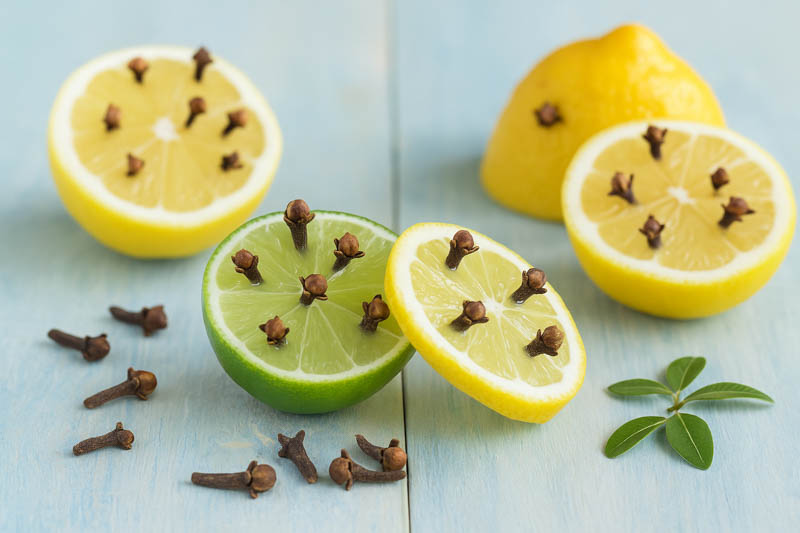
Aesthetic Placement: Display the basil-infused oil in a beautiful glass cruet on your kitchen counter. Arrange the clove studded citrus in a vintage bowl. The light reflecting off the glass and the vibrant color of the basil will add a touch of elegance to your homestead kitchen. Place the citrus near the window or a place where flies are present.
Visual Note: Picture a clear glass cruet filled with vibrant green basil-infused oil, showcasing the leaves suspended within. This visually appealing element adds a touch of rustic charm to your kitchen decor while keeping flies at bay.
III. Deterring Ants with Mint & Chrysanthemums
The Problem: Ants marching into your pantry or invading your garden? These persistent pests can quickly become a nuisance. Finding natural, safe ways to deter them is essential for a healthy homestead.
The Solution: Planted Mint Arrangements & Chrysanthemum Barriers. Mint is a well-known ant repellent, and chrysanthemums contain pyrethrum, a natural insecticide.
DIY Planted Mint Arrangement Instructions:
- Gather: Mint seedlings (spearmint or peppermint), a rustic terracotta pot, potting soil. Choose spearmint or peppermint for their strong, effective scent.
- Plant: Fill the pot with potting soil. Create a small hole in the center and carefully place the mint seedling in the hole. Gently pack the soil around the seedling.
- Water: Water the mint thoroughly, allowing excess water to drain.
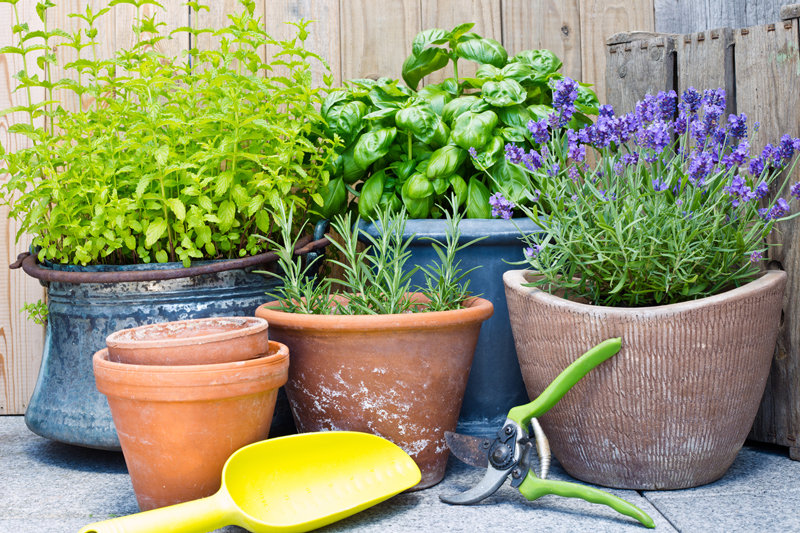
Aesthetic Placement (Mint): Place planted mint arrangements strategically near entry points – windowsills, doorways, and pantry shelves. The aroma of mint will deter ants from entering your home. Use a distressed terracotta pot for a classic homestead look. Consider propagating mint from cuttings to expand your collection.
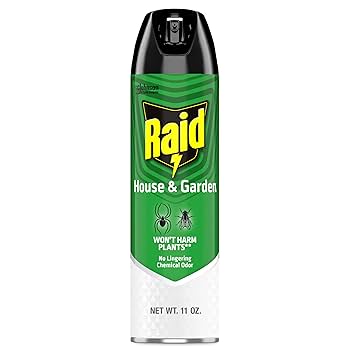
Aesthetic Placement (Chrysanthemums): Plant chrysanthemums around the perimeter of your garden or in pots near your doorways. Their vibrant colors will add a touch of cheer while deterring ants from entering your home. Choose a variety of colors to enhance your garden's visual appeal. Consider companion planting with other herbs and vegetables to maximize pest control.
Visual Note: Imagine a flourishing mint plant in a weathered terracotta pot, overflowing with lush green leaves, positioned on a sunny windowsill. The combination of the earthy pot and the vibrant green leaves creates a charming focal point while serving a practical purpose.
Additional Tips for a Naturally Pest-Free Homestead
- Regular Cleaning: Keep your home clean and tidy to prevent pests from finding food and shelter.
- Seal Entry Points: Seal cracks and crevices in walls and around pipes to prevent pests from entering.
- Proper Food Storage: Store food in airtight containers to prevent attracting pests.
- Composting: Maintain a well-managed compost pile away from your home to avoid attracting pests.
- Attract Beneficial Insects: Encourage beneficial insects like ladybugs and lacewings to prey on harmful pests in your garden.

- Essential Oils: Use essential oils like peppermint, lavender, and clove to repel pests. Diffuse them in your home or create a natural pest control spray.
Where to Buy Pest-Repelling Herb Plants Online
- Etsy: Find a variety of pest-repelling herb plants from small, independent growers.
- Amazon: Shop for a wide selection of herb plants and seeds.
- Local Nurseries: Support your local nurseries for quality plants and expert advice.
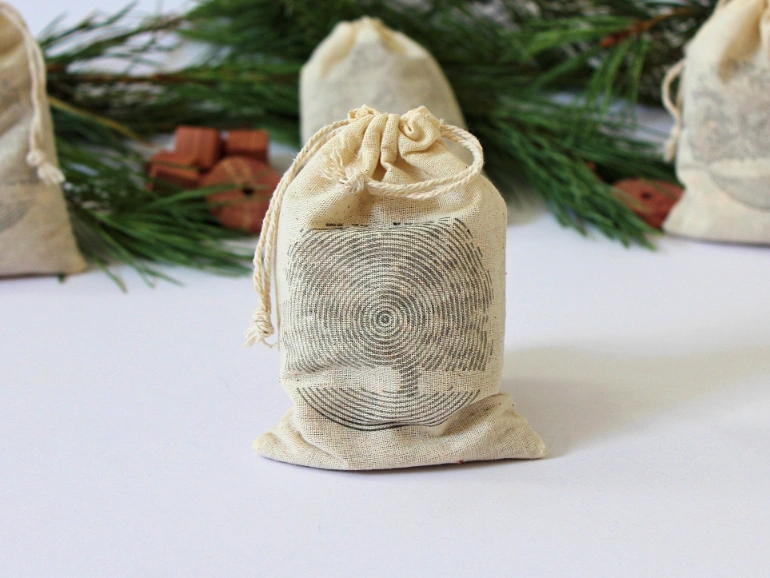
DIY Natural Pest Control Spray for Homestead
- Garlic Spray: Mix crushed garlic with water and spray on plants to deter pests.
- Neem Oil Spray: Dilute neem oil with water and spray on plants to control a variety of pests.
- Dish Soap Spray: Mix mild dish soap with water and spray on plants to control aphids and other soft-bodied insects.

Is Natural Pest Control Safe for Pets?
Yes, natural pest control methods are generally safe for pets when used correctly. However, it's essential to research each method and ensure it's non-toxic to your animals. For instance, while peppermint oil is a great ant repellent, it should be used with caution around cats and dogs.
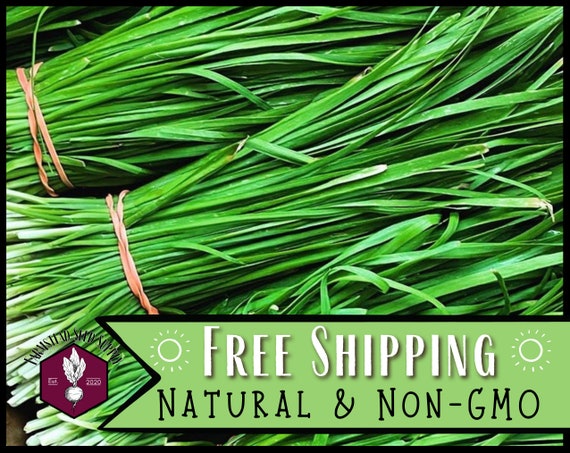
Conclusion
Embrace these natural pest control methods to create a healthier and more beautiful homestead. By incorporating these plants and herbs into your home, you'll not only deter unwanted pests but also add a touch of rustic charm and tranquility to your living space. Enjoy the sweet scents and vibrant colors of a naturally pest-free home!
SEO KEYWORDS:
PRIMARY KEYWORDS: Natural Pest Control Plants, Homestead Pest Control Herbs, Plants that Repel Insects, Buy Pest Repelling Plants
SECONDARY KEYWORDS: DIY Natural Pest Control Homestead, Best Herbs to Repel Pests Indoors, Lavender Pest Control for Moths, Rosemary Pest Control for Flies, Safe Pest Control for Homes
LONG-TAIL KEYWORDS: Best plants to buy for natural pest control, Where to buy pest-repelling herb plants online, Natural pest control plants for vegetable gardens, DIY natural pest control spray for homestead, Pet-safe natural pest control for flies indoors, Natural ways to get rid of ants in homestead, How to use lavender to repel moths naturally, Growing pest-repelling herbs for profit at home, Best indoor plants for natural insect repellent, Non-toxic pest control for gardens homestead, Chrysanthemum plants for natural pest control, Cost-effective natural pest control plants
LSI KEYWORDS: Aromatic herbs, Essential oils pest control, Companion planting, Integrated Pest Management (IPM), Organic gardening, Sustainable homesteading, Beneficial insects, Herb garden
QUESTION-BASED KEYWORDS: What plants naturally repel ants?, Where can I buy plants that repel moths?, How do I use herbs to deter flies?, Is natural pest control safe for pets?, What's the most effective natural pest control?